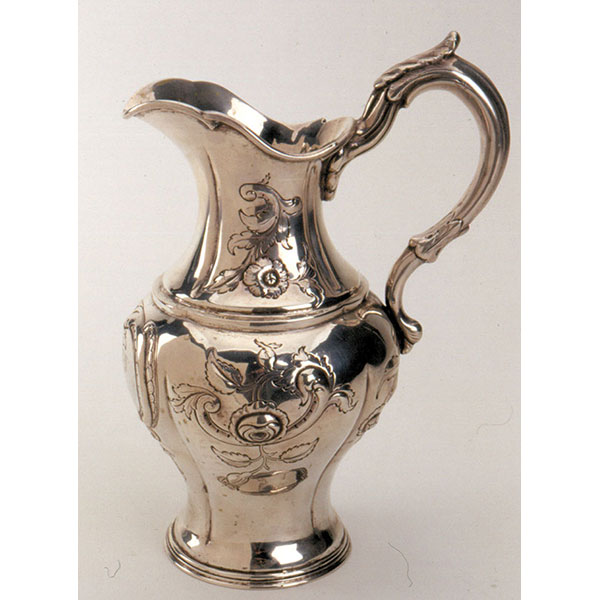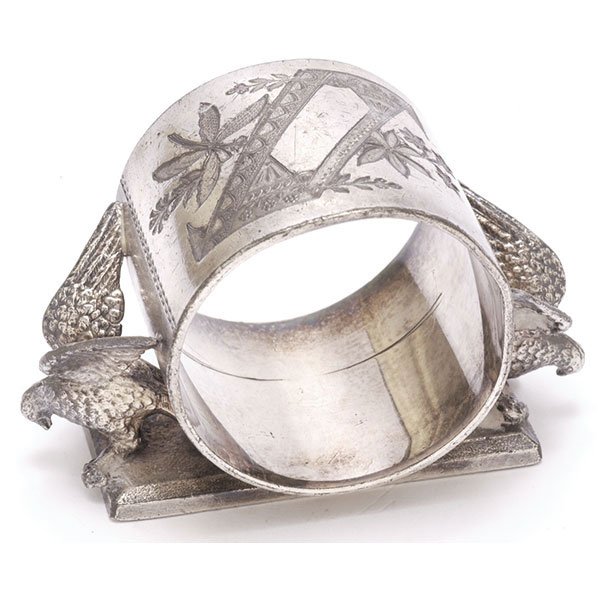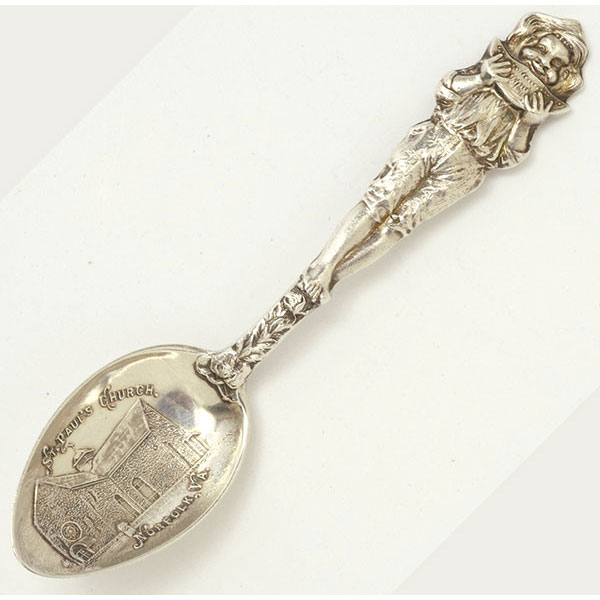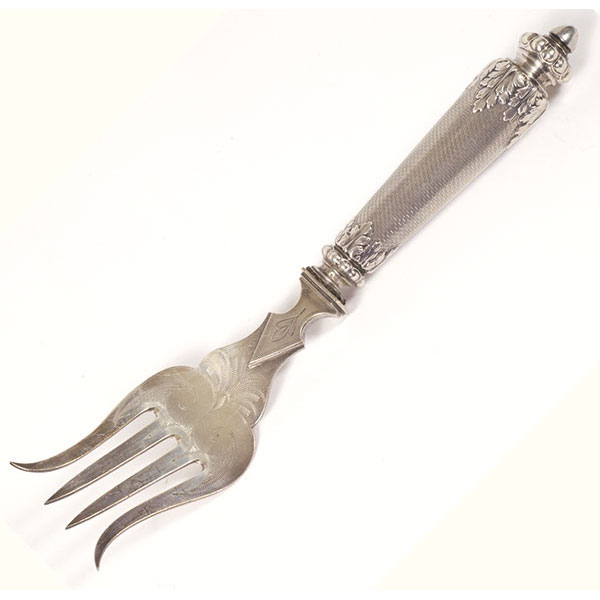Identification Guides
Silver Plate
If a piece of silver is large and heavy, with ornate designs or engraving, it could be an eighteenth-century or early nineteenth-century piece. It may be sterling silver, but it is more likely to be an example of Victorian silver plate. Victorian silver plate was made from either copper or a white metal called Britannia, electrically coated with a thin layer of silver.
A special type of hand-rolled silver on copper was made in the town of Sheffield, England, during the eighteenth century. It is called Sheffield silver or Old Sheffield Plate. Many other types of silverware, including the plated wares now made, have been produced in the city of Sheffield and are referred to as “Sheffield silver.” The collector of old Sheffield is looking for the old hand-rolled silver-plated copper, not the nineteenth-century electroplated pieces.
Most plated silver found today is not old Sheffield, but instead newer Victorian plated ware. It was marked in England with combinations of shields, designs, and names. The letters “EPNS” (Electroplated Nickel Silver) or “EPWM” (Electroplated White Metal) indicate a Victorian silver-plated piece. Other marks, like company names, can indicate the piece is plated. All solid English silver was marked with quality hallmarks and the familiar lion.
American plated silver is easy to spot from the marks. Insignias were favored, especially circles with the maker’s name inside. The words triple, quadruple, A1, or plate all indicate that a piece is plated silver. Most of the maker’s marks are listed and can be found in libraries or on the Internet. A few hours of examining solid silver and Victorian plate is all that is required to make you an expert at telling them apart.
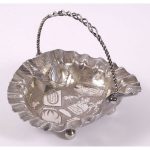 |
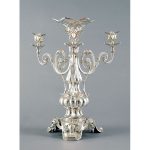 |
| Photo: New Orleans Auction Galleries | |
| Brownies, characters with round eyes and skinny legs, decorated this silver-plated bonbon basket made by James W. Tufts. | The epergne was both decorative and useful. This Old Sheffield Plate epergne was made about 1840. The 16-inch-high centerpiece may have originally held three cut glass bowls. |
